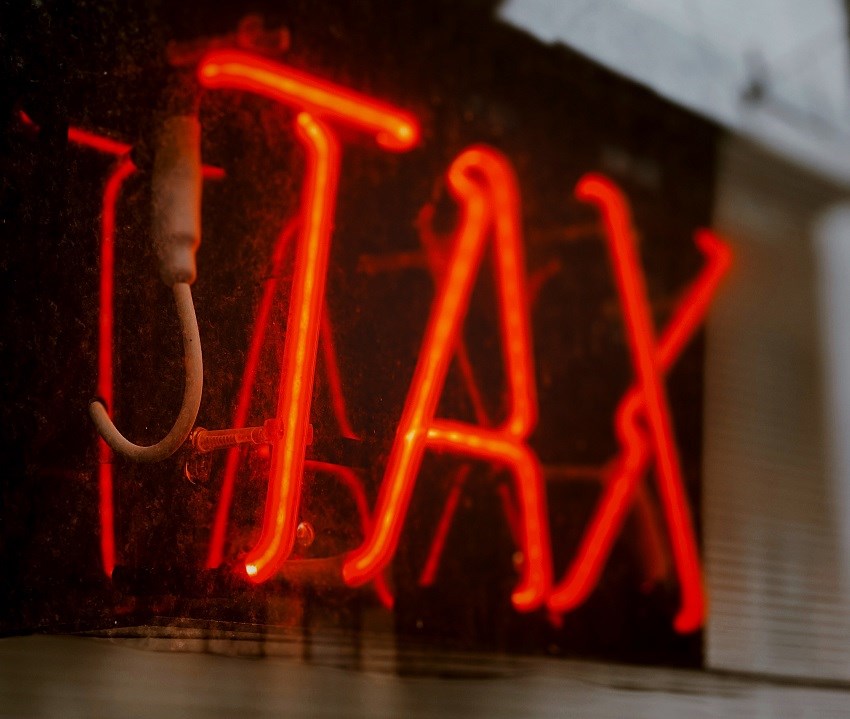
A month has passed since the deadline for filing 2021 income tax returns, and many taxpayers by now will have received a Notice of Assessment (NOA) stating their returns have been accepted as filed, or in some cases with minor modifications based on a filing error or miscalculation.
The return-assessment process has been tremendously streamlined due to the immediate processing by Canada Revenue Agency computers of electronically filed returns – those sent in using NETFILE (by individuals) or EFILE (by tax professionals). Once a return has been filed, you or your tax preparer can request an Express NOA to be delivered through the tax software used to prepare the return. To do this, you must be registered for the CRA’s My Account online service.
The NOA provides a summary of your return as accepted by the tax department, with explanations of changes and other information. It also provides:
- The deduction limit for your registered retirement savings plan, which will guide you when making your RRSP contribution for the 2022 taxation year (deadline March 1, 2023).
- Statements for the Home Buyers’ Plan and/or Lifelong Learning Plan, if applicable.
- Your current (cumulative) limit for a Tax-Free Savings Account (TFSA).
- The amount of any capital losses carried over from 2021 or previous taxation years, as well as any unused tuition and education credits.
The Express NOA does not include a statement of tax account – whether you have a zero balance, have an amount to pay or can expect a refund. However, this information can be quickly obtained by logging in to My Account or telephoning the CRA’s Individual Tax Account Balance Automated Service.
If you do not use Express NOA, but filed your return electronically, it will take about two weeks to receive your NOA. Paper filers could wait two months or more. (These latter timelines apply to the wait times for receiving an NOA from Revenu Québec.)
When Questions Come Back
In some cases, the tax department can request more information – such as supporting receipts or documents – before issuing an NOA. Often these requests are random or could be based on discrepancies from your previous year’s return. Typical situations could involve the self-employed, whose income is reported based on an income statement, not T4 information slips, or individuals who work in the construction, retail or restaurant industries, who may receive income in cash.
In some cases, if only a small amount of information is requested, the CRA may allow you to scan the requested material and send it electronically via the My Account service. Once this information has been received, reviewed and approved by the tax department, the NOA will be sent to you. If you are sending the requested information in hard-copy form, be sure to keep copies of everything you send.
What Happens Next?
If you’ve sent more information to the CRA, hopefully this results in an NOA with few if any surprises.
In some instances, after you have received the NOA, the tax department may issue a Notice of Reassessment, usually based on any additional information received by them (such as income or credit/deduction documentation sent either by you or a third party).
If you disagree with a Notice of Assessment or Reassessment, your first step could be to contact the tax department to discuss the situation. If the matter cannot be resolved at this level, you can file a Notice of Objection using a specific form. For information on what steps to take to resolve a dispute, consult the CRA’s Income tax objections decision tree. For a Quebec tax return, details can be found here.
You have three months from the date the assessment or reassessment notice was issued to file a Notice of Objection. The CRA will confirm receipt of this form within a month of its receipt and an appeals officer will contact you to discuss what you will need to do to support your objection. Many disputes can be resolved at this level, but, if necessary, the matter could proceed to the Tax Court of Canada, Federal Court of Appeal and ultimately the Supreme Court of Canada. A similar process exists for Quebec tax purposes.
If you have no issues with an assessment or reassessment, you can usually rest easy. However, later in the year, there is a remote chance the CRA (or Revenu Québec) could randomly select your return for a full review. This can result in a Notice of Reassessment, which would explain any adjustments made to your return and, if applicable, include a bill for additional tax. On the positive side, the review could determine you have over-paid and make a refund.
Higher Levels Of Scrutiny
Your tax return could also be subject to an exhaustive review at any time in the years following submission. This is a detailed process that the CRA says “identifies and gathers information on trends and situations in areas of non-compliance that may represent a risk to the self-assessment system.”
There are two broad categories of higher review:
- Matching Program – This can happen after the NOA has been sent out. Information on your return is compared to information provided by third-party sources, such as employers or financial institutions.
- Special Assessments Program – Conducted before or after a NOA is issued, this is an in-depth review that is intended to identify and gather information on trends and situations in areas of non-compliance that may represent a risk to the self-assessment taxation system.
The CRA or Revenu Québec can review a tax return for any reason for up to six years after it has been filed. Normally tax records should be retained for up to six years. For detailed information, consult this CRA document.
However, a return can come under scrutiny at any time in the future if the tax department has reason to believe that misrepresentation or fraud was involved in the preparation of that return. Should this result in past taxes owing, the taxpayer would be liable for that amount as well as any penalties and interest owing. In more serious cases, the tax department could take legal action. Revenu Québec has parallel review programs but acts independently from the CRA.
How To Amend A Return
The taxpayer can also initiate a change to a return at any time in the future – as long as a NOA has been received for the year in question. For example, you might have forgotten to claim a credit or deduction on your tax return, or you may have overlooked using capital losses from previous years to reduce the amount of a capital gain. In many cases, this can be done online. Alternatively, if you used tax software to file your return, you can make a change using that tool via the CRA’s ReFILE service. If you prefer paper – or you have a more complicated situation – a tax return can be amended by filing CRA form T1-ADJ. (To amend a Quebec tax return, use Revenu Québec’s TP-1.R-V).
The tax department typically will respond to an adjustment request made electronically within two weeks. For a paper request, this may take up to two months.




















